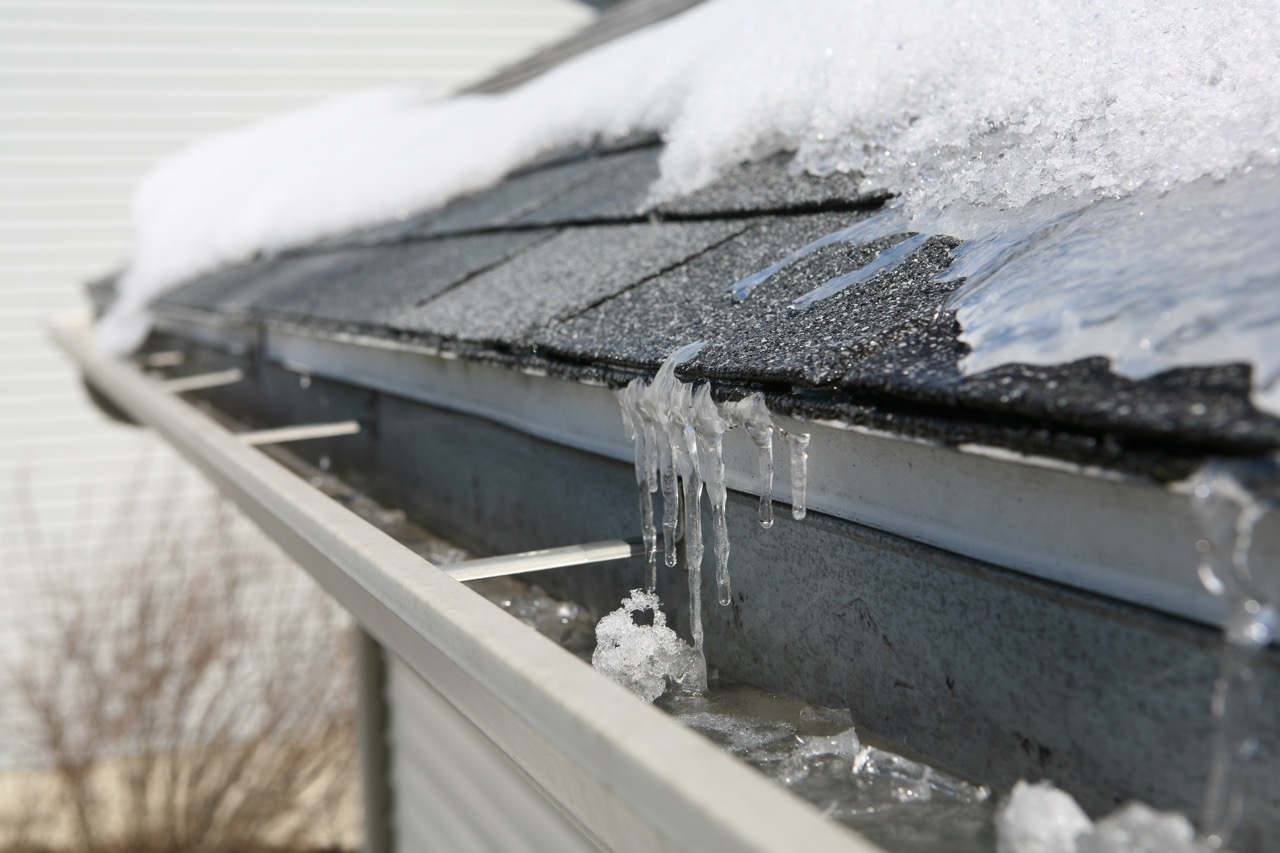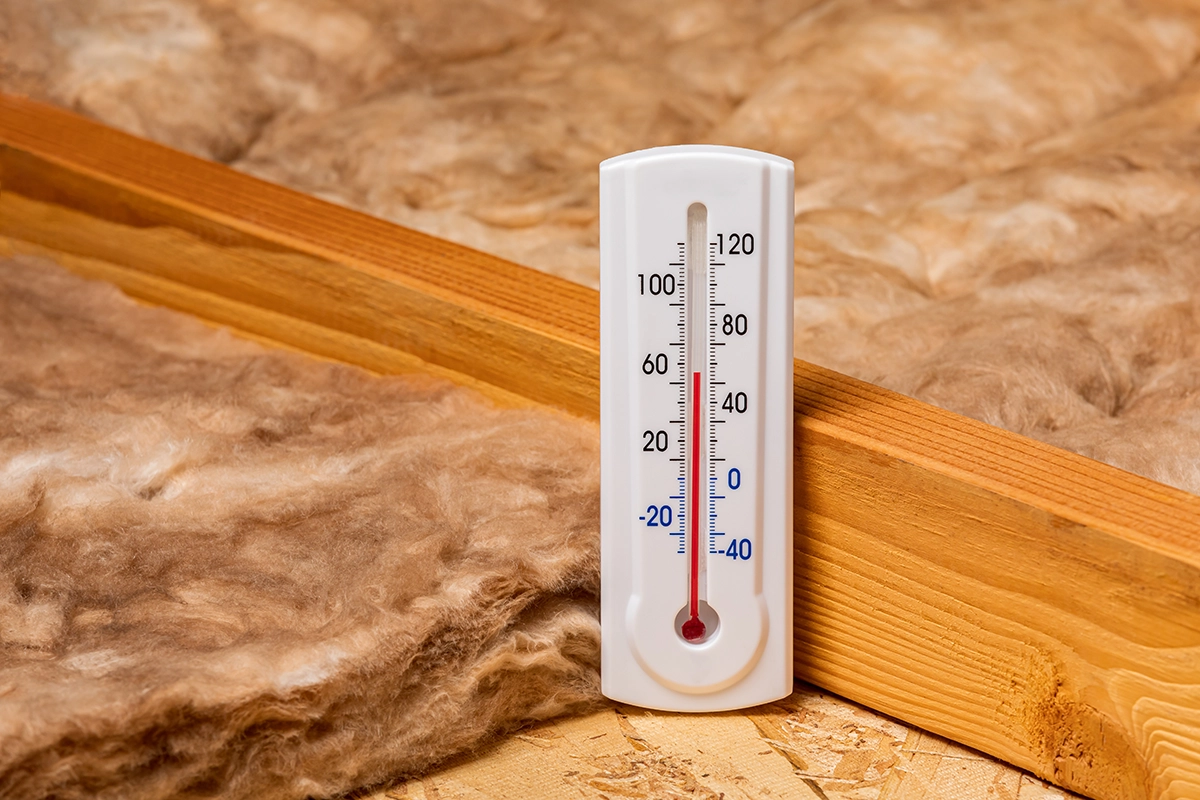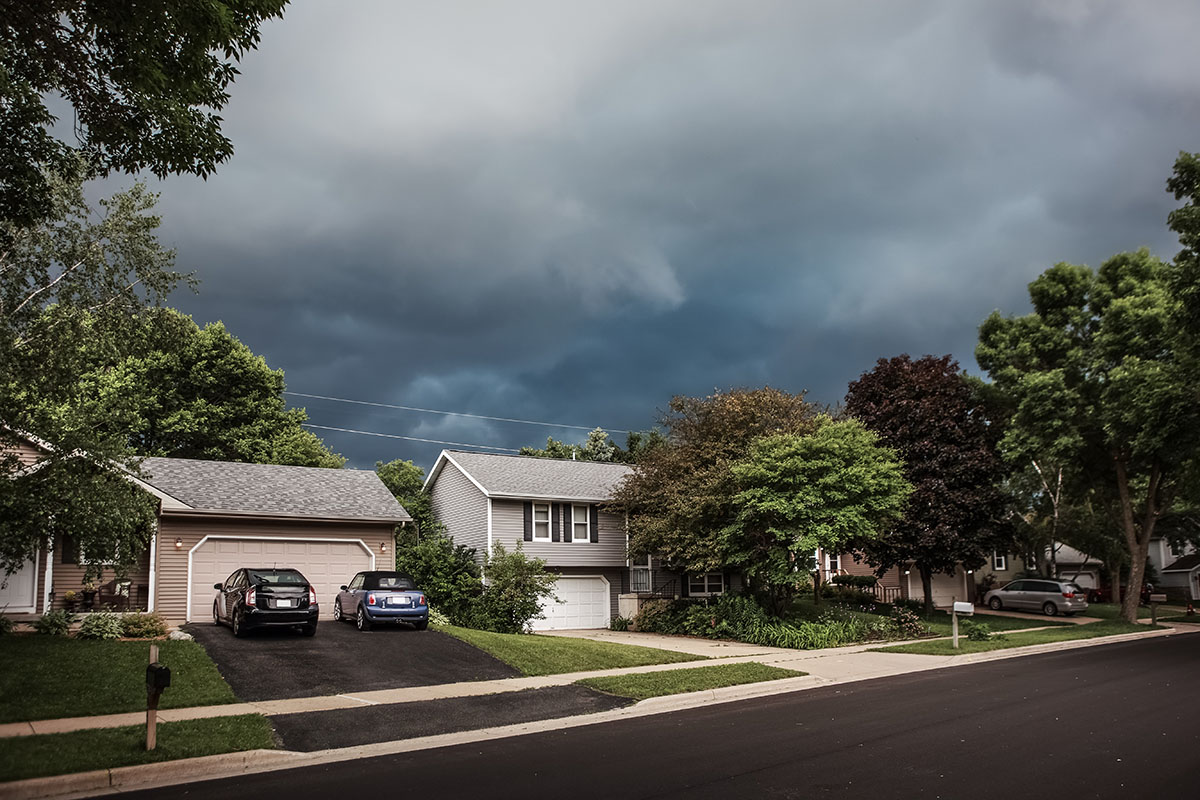Summary
Just moved to a new house and thinking of doing a major makeover? Why not start with the siding? After all, it covers 80 percent of your home’s façade and is literally the first thing passersby and guests will notice. It will also fortify your home’s shield against the elements, consequently increasing its longevity and value.
There are plenty of options that you can explore, all of which are prized for their amazing features. If you’re looking for a material that gives off a nostalgic or rustic feel, wood, stucco, and brick are your best bet. If you want something that will give your home a modern, exhilarating appeal, choose metal and fiber cement instead.
Perhaps the most popular type of siding is vinyl siding, and for good reasons.It’s inexpensive, easy to install, visually appealing, and just as durable as its inorganic equivalents. It even comes in a variety of colors and styles that match both popular and eccentric architectural designs. Unlike other materials, vinyl is resistant to mold and water damage, which is damaging to other siding materials.
Most homes in the United States are originally designed with siding, so the old house you’ve just moved to likely has one as well. You don’t need to remove the old siding if you are planning to replace it with vinyl siding. Depending on the material the old siding is made of, you can actually install the vinyl siding over it. This siding installation technique is ideal if the old siding is made of wood. Here’s how to install vinyl siding over wood siding:
Inspect the Wood Siding for Severe Damage
The existing wood siding will act as the base of the vinyl siding, so it goes without saying that it must be in good shape. Otherwise, you are looking at a poorly supported new installation that won’t last very long. You can actually determine whether or not it’s wise to keep the wood siding by carefully checking its condition. If you find rot or mold, it’s probably wise to just dismantle it altogether.
Flatten Surface with Furring and Foam
Unfortunately, not all wood siding are installed flat. Some of them are either beveled or lapped. This makes installing vinyl siding over it impractical. You don’t have to dismantle the existing siding. Just bed in a layer of pressure-treated furring strips to give the vinyl siding a level footing. The final output is made of three different layers of materials, the furring and foam being sandwiched between wood and vinyl.
Secure the Base with a Moisture Barrier
While vinyl is generally resistant to moisture, other components such as the wood siding underneath it and the fasteners aren’t. This is why it is imperative to install it over a moisture barrier made of polyethylene or similar impervious material. The barrier must be laid over rigid foam and sealed at seams. This should be enough to keep water from seeping into the underlying organic materials.
Modify All Openings
One downside to preserving the existing wood siding is that it makes the exterior wall thicker. This also makes the window and door frames as well as other openings deeper, which does not only ruin your home’s façade, but also affects their mechanism. Especially if you have casement or sliding windows, the extra layer may get in the way, keeping the windows from opening completely. Flashing around faucets and electrical boxes that you’ve adjusted must be replaced, too.
Install the Starter Strip, J-Channel, and Undersill Trim
Just like installing siding on a regular furring strip base, installing vinyl siding over wood siding starts with fastening the starter strip. This will hold the bottom of the first row of vinyl siding strip. Snap a chalk line to make sure that the starter strip is laid horizontally. When the starter strip is secure, install the corner channel, more commonly known as J-channel. This is the metal strip that will hold the vinyl siding panels on the ends. The undersill trim, on the other hand, is what stops the siding panels along bottoms of windows and roof soffits.
Start Installing the Panels
Once the starter strips, J-channels, and undersill trims have been fitted, start setting up the vinyl siding strips. Just make sure the nails do not fully penetrate into the slots as the vinyl siding strips expands and contracts in extreme temperatures. You will have to cut the slats to fit around windows and doors, too, so make sure to prepare all the right tools before you start. The panels can be cut crosswise or lengthwise depending on where they need to be fitted.
If you don’t have any background in siding installation, especially when it involves installing vinyl siding over wood siding, it would be better to leave the job to professionals. Siding contractors in Chicago like Muller Exteriors can do an excellent work, saving you a great deal of time. They can finish installing your siding in a day or two depending on the labor requirement. Furthermore, they only use superior materials.







